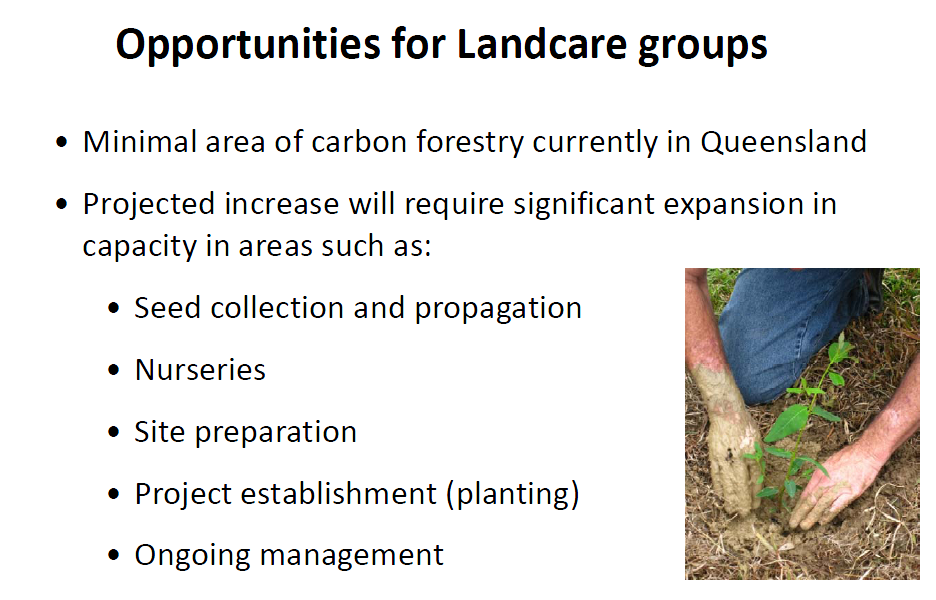 July 1 - Australia's first day of accounting for our carbon emissions - greenhouse gas emissions. Although this topic has been hotly denounced by some, it is in fact a positive step towards Australia's greener economy.
July 1 - Australia's first day of accounting for our carbon emissions - greenhouse gas emissions. Although this topic has been hotly denounced by some, it is in fact a positive step towards Australia's greener economy.
Carbon price scheme is not a tax: It is an emissions trading scheme with a fixed price for the first three years to enable industry and institutions to set up for the market stage. The level of emissions is set by government up front, and the market then responds.
How the carbon price will operate: In the Australian scheme, only the top 500 or so polluters (ie those emitting greater than 25000 tonnes of CO2) will pay the fixed price (starting in 2012 at $23 per tonne CO2 emissions.) Under the fixed price carbon policy, each large polluter must purchase one permit for every CO2 equivalent emitted. It will be able to purchase these permits from the government at a fixed price. This works like an emissions trading scheme, except the price is fixed by the government for three years to allow industry and business to 'tool up' before the market begins takes over determining the price. 50% of the amount paid by the major polluters will be directed towards compensating households for any small costs passed on.
Funding directly associated with the Carbon price: In addition to compensating 9 out 10 households for any flow-on costs, the carbon price scheme will provide for the establishment of the Biodiversity Fund ($946 million), the Carbon Farming Futures (management practices $429 million) and the Carbon Farming Initiative (opportunities for farmers through carbon offsets), $10 billion in a new commercially-oriented Clean Energy Finance Corporation (CFEC) and a range of other support services and programs.
Aim of the carbon price: The carbon price scheme is aimed at putting downward pressure on fossil fuel use over time in our economy. Australia produces about 500 million tonnes of carbon pollution each year, making it one of the top polluters in the world per head of population. Currently, polluting is free. With the introduction of the carbon price scheme, industry must factor in the cost of carbon pollution in their business, just as they factor in materials and labour. The carbon price is actually a recognition of the need for industry and business to pay for 'externalities', where these affect the community and future generations.
The real question for each country, including Australia, is what is the appropriate policy to move the country into a world of new, non-carbon polluting technologies, and keep the country competitive in an environment in which all of our major trading partners are pricing carbon?

